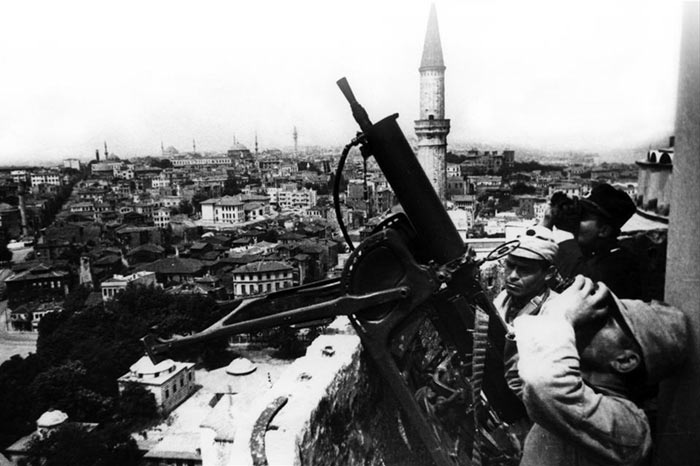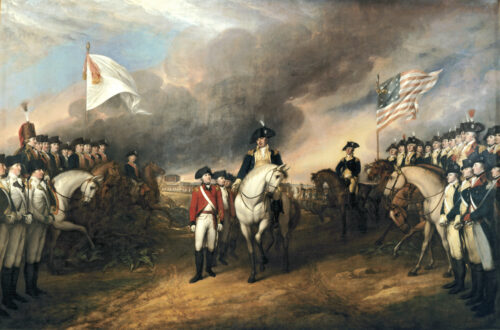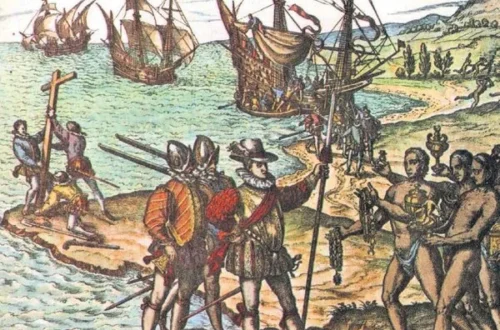1. Introduction
The period from 1941 to 1945 marks a critical phase of World War II, during which the global balance of power was dramatically reshaped. While the conflict began earlier in 1939, the years following 1941 witnessed the entry of new combatants, including the United States after the attack on Pearl Harbor, and a significant escalation in both the European and Pacific theaters. This article explores the political, military, and socio-economic dimensions of the war during this period, highlighting pivotal battles, strategic decisions, and their lasting impact on the international order.
2. The Global Context and Expansion of the Conflict
2.1 Strategic Shifts and the Entry of Major Powers
The year 1941 signaled a turning point in the war. The attack on Pearl Harbor by Japan prompted the United States to enter the conflict, while simultaneous campaigns in Europe and North Africa intensified the scale of military operations. This expansion of participation brought greater resources and strategic depth to both the Allied and Axis coalitions, redefining the scope and intensity of the global war.
2.2 Ideological and Geopolitical Underpinnings
The war was driven not only by territorial ambitions but also by conflicting ideologies. Democratic nations mobilized against the totalitarian regimes of Nazi Germany, Imperial Japan, and their allies. This ideological clash underscored a broader struggle for values such as freedom, human rights, and self-determination, setting the stage for post-war reconstruction and the emergence of a new international order.
3. Key Military Campaigns and Turning Points
3.1 Major Battles and Strategic Operations
Several pivotal battles during the 1941–1945 period played crucial roles in determining the outcome of the war:
- The Battle of Stalingrad (1942–1943): Often cited as the turning point on the Eastern Front, this brutal battle marked the beginning of a sustained Soviet counter-offensive against Nazi Germany.
- The Normandy Invasion (D-Day, 1944): The successful Allied landings in Normandy opened a new front in Western Europe, leading to the liberation of occupied territories.
- Pacific Campaigns: Key battles such as Midway (1942) and Iwo Jima (1945) underscored the strategic importance of island-hopping warfare and the determination of American forces to reclaim the Pacific region from Japanese control.
3.2 Technological and Tactical Innovations
Wartime innovations in communication, logistics, and weaponry significantly influenced the conduct of military operations. The development and deployment of radar, advancements in aircraft technology, and the coordination of multinational forces through improved communication networks contributed to the eventual success of Allied strategies and the progressive decline of Axis power.
4. Socio-Economic Impact and Global Transformation
4.1 War-Time Economic Mobilization
The extensive mobilization of economic resources during the war led to significant technological and industrial advancements. The war effort spurred innovations that later contributed to rapid post-war economic growth, while wartime production redefined national industries and labor markets.
4.2 Social Changes and Human Cost
The human impact of the war was profound, with millions of soldiers and civilians losing their lives, and entire communities displaced. The Holocaust and other wartime atrocities remain a dark chapter in history, prompting ongoing reflection and the establishment of international human rights frameworks in the post-war era.
4.3 The Birth of a New World Order
In the aftermath of the conflict, global institutions were established to foster international cooperation and prevent future conflicts. The formation of the United Nations and the emergence of the United States and the Soviet Union as superpowers marked the beginning of a new geopolitical landscape that would dominate global affairs for the remainder of the 20th century.
5. Legacy and Contemporary Relevance
5.1 Influences on Modern Military Doctrine
The lessons learned from the strategic and tactical challenges of World War II have had a lasting influence on military doctrine. Modern armed forces continue to study the innovative strategies, technological advancements, and complex logistical operations that characterized the conflict.
5.2 Historical Memory and Global Narratives
The experiences of the Second World War continue to shape collective memory and national identities around the world. Public commemorations, academic research, and cultural representations of the war ensure that its legacy remains integral to ongoing debates about human rights, international law, and global security.
6. Conclusion
The Second World War (1941–1945) not only redefined global power structures but also left an indelible mark on every facet of modern society. By examining the strategic shifts, major battles, and societal transformations during this crucial period, historians and scholars gain critical insights into the forces that shaped the contemporary world. The enduring lessons of this conflict continue to influence both public policy and collective memory, underscoring the importance of understanding our past to navigate future challenges.
References
- Britannica. (n.d.). World War II. Retrieved from https://www.britannica.com/event/World-War-II
- History.com Editors. (n.d.). World War II. Retrieved from https://www.history.com/topics/world-war-ii
- National Archives. (n.d.). World War II: The American Experience. Retrieved from https://www.archives.gov/research/military/ww2
- Overy, R. (1995). Why the Allies Won. W.W. Norton & Company.
- Kennedy, P. (1989). The Rise and Fall of the Great Powers. Random House.
Tags: academic analysis global conflict historical overview. military history Second World War wartime strategies World War II 1941–1945





